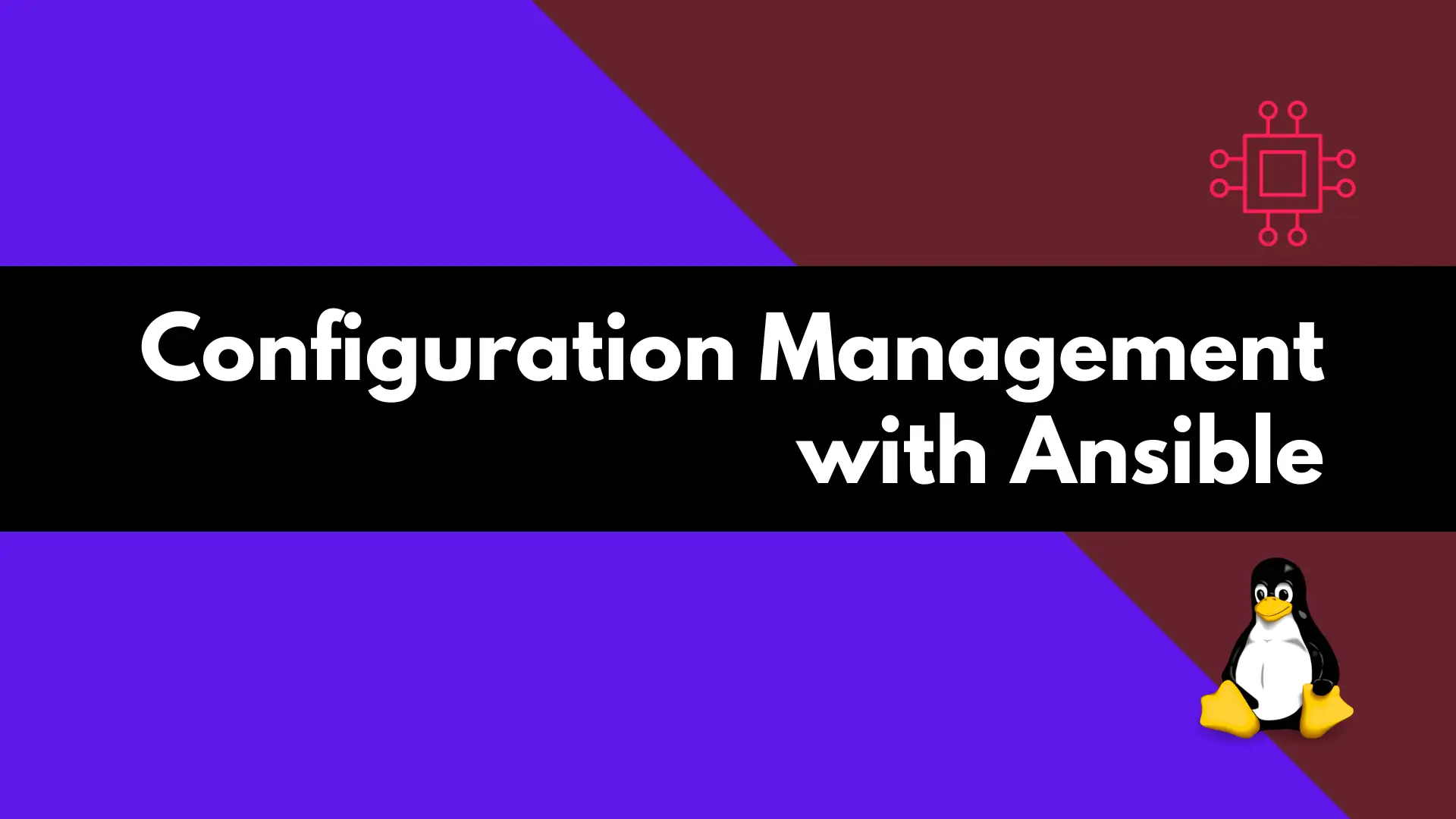
In this article, unlock the potential of configuration management with Ansible as we guide you through practical examples. Table of Contents Introduction In today’s dynamic

In this blog post, we’ll delve into why Ansible is agentless and the benefits it brings to the table, exploring its simplified deployment process, reduced overhead, enhanced security measures, scalability, and compatibility across diverse environments.
In the realm of IT automation, Ansible stands out for its agentless architecture. Unlike many other configuration management tools, Ansible doesn’t require any additional software to be installed on the managed hosts. This approach offers several advantages, making Ansible a preferred choice for many organizations seeking efficient and scalable automation solutions.

Photo by admingeek from Infotechys
Ansible operates over SSH, leveraging standard communication protocols that are typically present in most Unix-like operating systems. Instead of relying on agents running on managed hosts, Ansible connects to them remotely via SSH or WinRM (for Windows hosts). This architecture eliminates the need for deploying and managing agent software on every target system, simplifying the setup and reducing overhead.
Now let’s examine some advantages of Ansible’s Agentless architecture.
One of the primary advantages of an agentless approach is its simplicity. With Ansible, there’s no need to install and maintain agents on each managed host. This streamlines the deployment process, reduces configuration complexity, and minimizes the risk of software conflicts or compatibility issues.
Since Ansible doesn’t require agents running on managed hosts, it results in a lightweight footprint. This is particularly beneficial for environments where resource constraints or strict security policies are a concern. The absence of agents reduces resource consumption and eliminates potential vulnerabilities associated with additional software components.
From a security standpoint, the agentless architecture of Ansible offers inherent advantages. Since Ansible communicates with managed hosts over SSH or WinRM, it leverages existing secure communication channels without introducing additional attack surfaces. Furthermore, there’s no need to manage credentials or keys on the managed hosts, as Ansible authenticates using SSH keys or credentials provided at runtime.
The agentless nature of Ansible makes it highly scalable and adaptable to diverse environments. Whether managing a handful of servers or orchestrating thousands of nodes across distributed infrastructures, Ansible’s lightweight architecture enables seamless scalability without imposing significant overhead. This flexibility is particularly valuable in dynamic or rapidly changing environments where infrastructure needs can evolve rapidly.
Another key advantage of Ansible’s agentless design is its platform agnosticism. Ansible can manage a heterogeneous mix of operating systems, cloud platforms, network devices, and other infrastructure components without requiring platform-specific agents. This compatibility simplifies management tasks and enables organizations to leverage Ansible for orchestrating diverse environments without architectural constraints.
In a typical scenario, Ansible can be used for configuration management tasks such as provisioning servers, installing software packages, and configuring system settings. Without the need for agents, Ansible can remotely execute tasks across multiple hosts simultaneously, ensuring consistency and reliability in infrastructure configurations.
For continuous deployment pipelines, Ansible plays a vital role in automating deployment processes across development, testing, and production environments. Its agentless architecture enables seamless integration with existing CI/CD tools, allowing organizations to automate deployment workflows without introducing additional complexities or dependencies.
In the realm of Infrastructure as Code (IaC), Ansible empowers teams to define infrastructure configurations using human-readable YAML syntax. With Ansible playbooks, infrastructure components can be provisioned, configured, and managed declaratively, facilitating collaboration and version control. The agentless nature of Ansible simplifies the deployment of infrastructure changes across diverse environments, enabling efficient IaC practices.
Overall, the agentless architecture of Ansible offers numerous advantages in terms of simplicity, security, scalability, and compatibility. By leveraging SSH or WinRM for remote communication, Ansible eliminates the need for agent software on managed hosts, streamlining deployment processes and reducing operational overhead. Whether automating configuration management, facilitating continuous deployment, or practicing Infrastructure as Code, Ansible’s agentless approach makes it a versatile and powerful tool for modern IT automation initiatives.
Did you find this article useful? Your feedback is invaluable to us! Please feel free to share your thoughts in the comments section below.
Related Posts

In this article, unlock the potential of configuration management with Ansible as we guide you through practical examples. Table of Contents Introduction In today’s dynamic

In this blog post, we’ll explore 12 best practices to help you organize your Ansible playbooks for optimal performance and maintainability. Table of Contents Introduction

In this guide, we’ll delve into the intricacies of advanced Ansible playbooks, offering step-by-step instructions, real-world examples, and valuable tips to streamline your automation workflows.
